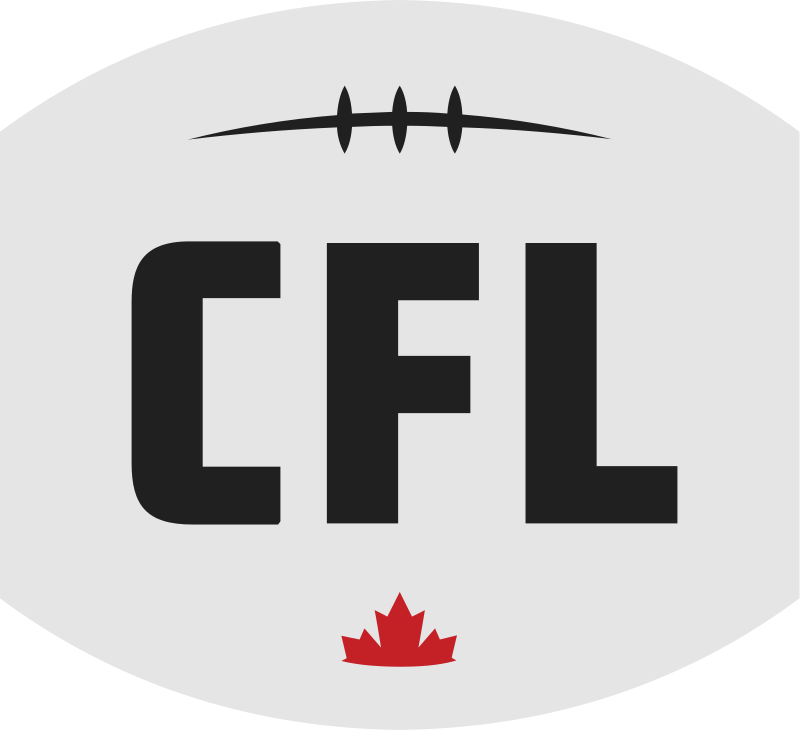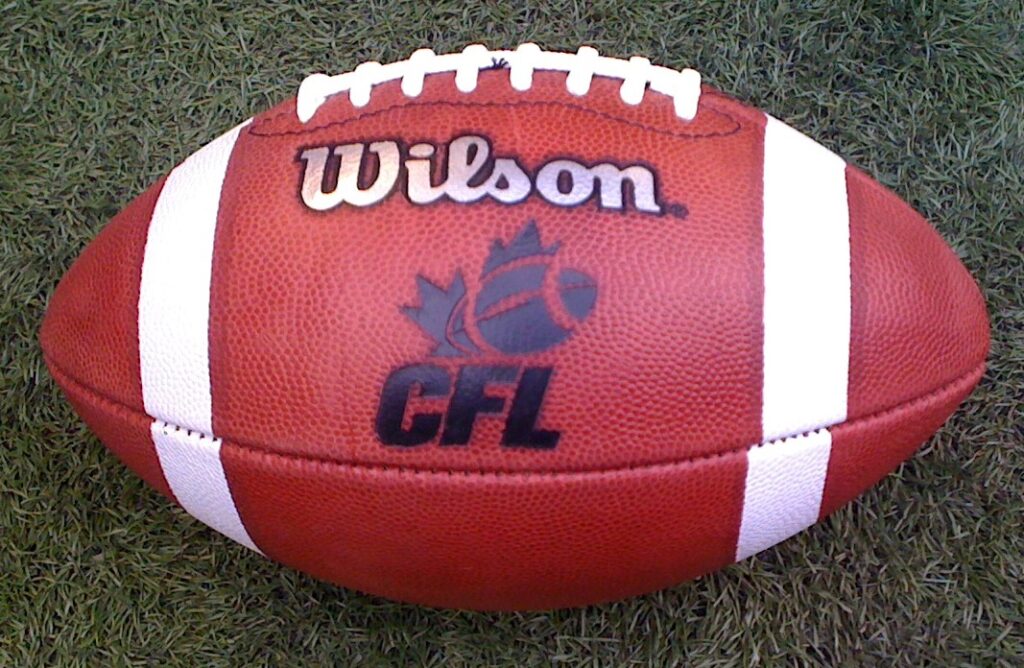
The 2022 CFL season is the 68th season of modern-day Canadian football. Officially, it is the 64th season of the Canadian Football League. The regular season began on June 9, 2022, and is scheduled to end on October 29, 2022, with 18 games being played per team over 21 weeks. Regina is scheduled to host the 109th Grey Cup on November 20, 2022.
Collective bargaining agreement and strike
The three-year agreement that was ratified between the CFL and CFL Player’s Association expired just prior to this season, on May 15, 2022, which was the first day of scheduled training camp. After the CFL and CFLPA failed to come to an agreement before the deadline, players from seven of the nine teams formally went on strike on May 15, 2022; with players from the two teams located in Alberta voting to strike on May 19, 2022 in accordance with provincial labour laws. This is the first CFL labour strike since 1974. On May 18, 2022 the CFL and CFLPA reached a tentative agreement on a new seven-year collective bargaining agreement (CBA). However, on May 23, 2022 the players voted against the tentative agreement, despite its approval by the bargaining committee and being recommended by team player reps. On May 26, 2022 the CFLPA and CFL agreed to a revised tentative CBA agreement. A few hours later the players voted to ratify the new collective bargaining agreement. The CFL Board of Governors officially ratified the agreement on May 31, 2022. Topics of negotiation include compensation, partially guaranteed contracts, revenue sharing, player safety, and league revenue generation following two seasons heavily impacted by the COVID-19 pandemic in Canada. However, much of the debate revolved around the Canadian-American player ratios.
The 2022 salary cap will set at $5,350,000 ($118,888 per active roster spot). Minimum salaries set at $65,000 for National and American Players and $54,000 for Global Players. This is the last year minimum salaries will be tiered (in 2023, the minimum rises to $70,000 for the entire league). Players also share $136,111 per club ratification bonus and $100,000 per club in community relations payments.
THE SCHEDULE
The league released the season’s full schedule on December 16, 2021, just four days after the 108th Grey Cup, which returned to an 18-game schedule following a pandemic-shortened 2021 CFL season. The regular season is scheduled to begin on June 9, 2022, with the Calgary Stampeders hosting the Montreal Alouettes. The Grey Cup rematch game between the Winnipeg Blue Bombers and Hamilton Tiger-Cats does not occur until week 3, which is the first time since 2018 that this game was not featured in week 1 of the regular season. Similar to the planned 2020 CFL season and the schedule from 2021, this year will again feature more intra-divisional games, with BC, Calgary, and Edmonton playing 12 such games, Saskatchewan and Winnipeg playing 11 divisional games, and the East Division teams playing 10 divisional games. This was done to reduce cross-country travel.
The schedule will feature all intra-divisional matchups in the last two weeks of the regular season. This year also features more home-and-home matchups, with every team having at least two and Saskatchewan, Toronto, and Ottawa having five of these matchups. The Toronto Argonauts are scheduled to play a neutral site game on July 16, 2022, against the Saskatchewan Roughriders at Raymond Field, in Wolfville, Nova Scotia; with the stadium capacity being increased from 3,000 to 10,000. This will be the first CFL match held in Atlantic Canada since the 2019 season. All previous regular season games of the Touchdown Atlantic series were held in Moncton, New Brunswick. Tickets for the match sold out in less than one hour.
RULE CHANGES
On April 27, 2022, the league announced a series of rule changes with the intention of improving game flow, and increasing offensive production.[23]
- Narrowing of the field hashmarks from 28 yards from the sidelines instead of 24, making them nine yards apart instead of 17. This will centralize the offense in the middle of the field increasing the effective space the defense will have to cover. It will also align field goal kickers closer to the uprights so they won’t have to kick on such drastic angles, which should improve accuracy, and thus scoring.
- Increasing the no-yards penalties on punts from a 5-yard penalty to a 15-yard penalty. Previously special teams were willing to take a five yard penalty in order to prevent a longer punt return.
- Changing the starting location of the offense. Kickoffs will be moved back from the 35-yard line to the 30-yard line. After a field goal or a single rouge the team that was scored on can now scrimmage from the 40-yard line instead of the 35 yard line. Both of these changes will have the effect of enabling the offense to start their drives closer to the opposition end-zone.
- Punting teams will also be penalized for any ball that goes out of bounds before the opponent’s 15-yard line, instead of the 20-yard line.
- A ‘communications coordinator’ from the officiating department will be on the sidelines of each team to enable faster communication between head coaches and on field officials.
- Expansion of the types of plays the Command Centre can review without requiring a coach’s challenge or an officials’ huddle (possession rulings, boundary rulings and administrative rules such as a formation without an end or ineligible receivers downfield)
- Teams will be allowed to have two quarterbacks on the field at one time to allow for creative play calling.
- Penalties that occur at the end of the first or third quarters may be applied to the start of the next quarter.
- Quarterbacks who “fake” giving themselves up will be assessed an objectionable conduct penalty.
- Automatic ejection of any player for two unnecessary roughness or objectionable conduct penalties.

COURTESY THE CFL & WIKIPEDIA COMMONS
